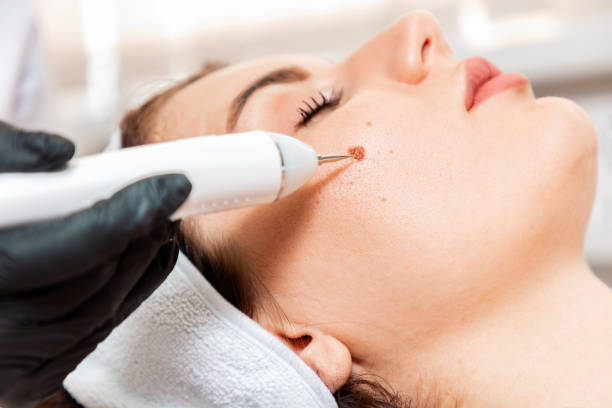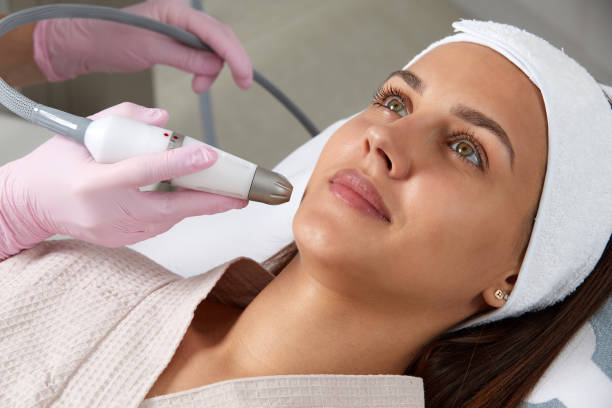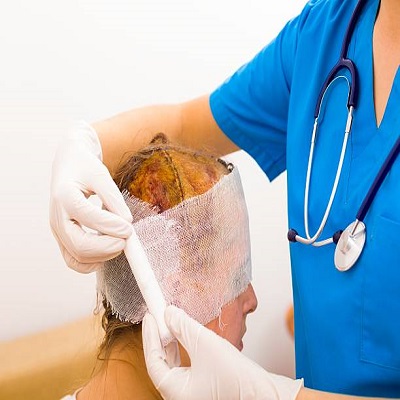A Comprehensive Guide to Wart Removal Treatments

Introduction:
Warts are a common skin condition caused by the human papillomavirus (HPV), affecting millions of people worldwide. While they are generally harmless, warts can be unsightly and sometimes painful, prompting individuals to seek effective removal treatments. In this blog post, we will explore various wart removal options, ranging from home remedies to medical interventions, to help you make informed decisions about managing this pesky condition.
Understanding Warts:
Before delving into removal methods, it's crucial to understand what warts are and how they develop. Warts are noncancerous growths that can appear on any part of the body, including the hands, feet, face, and genital area. They are caused by HPV, a contagious virus transmitted through direct skin-to-skin contact or indirectly through contaminated surfaces. Warts can vary in appearance, from small, rough bumps to larger, cauliflower-like growths, depending on the strain of HPV involved.
Common Wart Removal Treatments:
Over-the-Counter (OTC) Remedies:
OTC wart treatments are readily available at pharmacies and typically contain ingredients like salicylic acid or lactic acid. These treatments work by gradually dissolving the wart tissue, prompting it to slough off over time. OTC options include topical solutions, gels, pads, and patches. While generally safe and effective for minor warts, OTC treatments may require several weeks of consistent application to achieve results.
Cryotherapy:
Cryotherapy, or freezing, is a popular medical treatment for wart removal. During cryotherapy, a healthcare provider applies liquid nitrogen to the wart, causing it to freeze and eventually fall off. Cryotherapy is relatively quick and can be performed in a doctor's office. However, multiple treatments may be necessary, and some individuals may experience discomfort or blistering at the treatment site.
Prescription Medications:
In cases where OTC treatments are ineffective, a healthcare provider may prescribe stronger medications for wart removal. These may include topical solutions containing higher concentrations of salicylic acid or immunomodulatory drugs like imiquimod. Prescription medications are typically reserved for stubborn or recurrent warts and may require close monitoring for side effects.
Laser Therapy:
Laser therapy is a more advanced treatment option for warts, particularly for larger or resistant growths. During laser treatment, a focused beam of light is used to destroy the blood vessels feeding the wart, leading to its eventual removal. Laser therapy is performed in a dermatologist's office and may require local anesthesia. While effective, it can be costly and may result in temporary redness or swelling.
Surgical Removal:
For particularly stubborn warts or those causing significant discomfort, surgical removal may be necessary. This may involve excision (cutting) or curettage (scraping) of the wart under local anesthesia. Surgical removal provides immediate results but carries a risk of scarring and infection. It is usually reserved for cases where other treatments have failed.
Home Remedies and Prevention Tips:
In addition to medical interventions, some individuals may explore home remedies for wart removal, such as duct tape occlusion therapy, apple cider vinegar, or garlic application. While these methods may offer anecdotal benefits for some people, scientific evidence supporting their efficacy is limited. Additionally, practicing good hygiene, avoiding barefoot walking in public areas, and refraining from picking or scratching warts can help prevent their spread and recurrence.
Conclusion:
Wart removal is a multifaceted process that requires patience, persistence, and sometimes professional intervention. Whether you opt for over-the-counter remedies, medical procedures, or home remedies, it's essential to consult with a healthcare provider to determine the most appropriate treatment approach for your individual needs. By understanding the available options and taking proactive steps to manage warts, you can regain confidence and enjoy smoother, wart-free skin.
Note: IndiBlogHub features both user-submitted and editorial content. We do not verify third-party contributions. Read our Disclaimer and Privacy Policyfor details.




